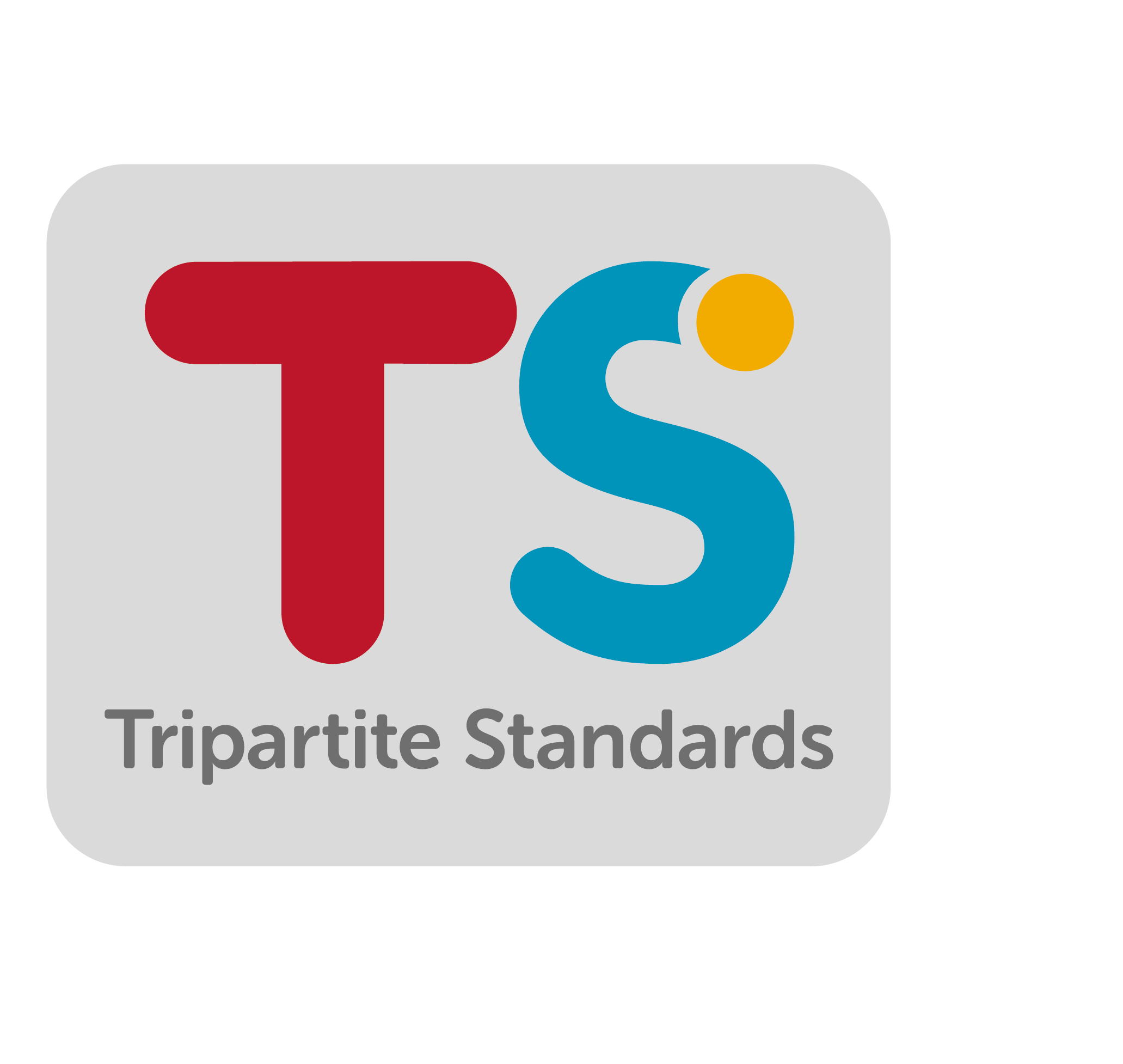Guidelines on Retirement & Re-employment for HR Professionals and Employers
In this month’s newsletter, we share guidelines on Retirement & Re-employment for HR professionals and employers. Need assistance? We also offer drafting and revising services for re-employment letters.
Plus, find out how HR priorities are evolving in 2025 — from perks to performance.
–
Recruitment Agency Singapore
Guidelines on Retirement & Re-employment for HR Professionals and Employers
Under the Retirement and Re-employment Act (RRA), employers must offer re-employment to eligible employees from age 63 up to 68. As of 1 July 2022, the minimum retirement age is 63, and employers cannot dismiss employees based on age.
Retirement & Re-employment Guidelines, recruitment agency in singapore, payroll outsourcing
The retirement and re-employment ages are:

Note: Starting from 1 July 2026, the retirement age will be raised to 64 years for those born on or after 1 July 1963. Additionally, the re-employment age will be increased to 69 years for those born on or after 1 July 1958.
Retirement & Re-employment Guidelines, recruitment agency in singapore, payroll outsourcing
For HR and Employers:
- Begin re-employment discussions at least 6 months before employees turn 63. This should cover possible re-employment arrangements, skills needed for re-deployment, pay and benefits.
- Discuss extensions 6 months before contract end and offer extensions at least 3 months in advance.
- Contracts should be for a minimum of 1 year, renewable annually up to maximum re-employment age of 68.
- For employees who do not qualify, inform them early so that they can better prepare for their retirement or seek other employment opportunities.
- Reward re-employed employees based on business and individual performance. For example, mature employees who perform well and have not reached their income ceiling should be given annual increments too.
Retirement
Re-Employment Eligibility Criteria
- The employee is a Singapore citizen or permanent resident.
- The employee has served your company for at least 2 years before turning 63, for employees hired at age 55 and above.
- The employee has satisfactory work performance, as assessed by the employer
- The employee is medically fit to continue working.
*Note: If employee is eligible for re-employment, but the company is unable to offer a position, the employer has to:
- Transfer the re-employment obligation to another employer, with employee’s agreement, OR
- Offer employee a one-off Employment Assistance Payment (EAP).
Retirement & Re-employment Guidelines, recruitment agency in singapore, payroll outsourcing
EmEmployment Assistance Payment (EAP)
Employers may offer a one-time Employment Assistance Payment (EAP) as a last resort to support affected employees. EAP helps employees’ transition while seeking new opportunities
- Employers are encouraged to offer outplacement support alongside EAP
- Standard EAP: 3.5 months’ salary (min S$6,250, max S$14,750)
- For employees who have been re-employed for at least 30 months since age 63, a lower EAP amount of 2 months of salary could be considered, subject to a minimum of $4,000 and maximum of $8,500.
Retirement & Re-employment Guidelines, recruitment agency in singapore, payroll outsourcing
Financial Support for Companies
- Part-time Re-employment Grant (PTRG): Provides up to $125,000 to employers who offer part-time re-employment, other flexible work arrangements (FWAs) and structured career planning (SCP) to senior workers. Eligible company can get $2,500 per resident senior worker
- Senior Employment Credit (SEC): Provides up to 7% in wage offsets to employers who hire Singaporean workers aged 60 and above, earning less than $4,000. Extended to end of 2026.
Retirement & Re-employment Guidelines, recruitment agency in singapore, payroll outsourcing
Resources:
Ministry of Manpower: Responsible Re-employment
Tripartite Guidelines on Re-employment of Older Employees
Retirement & Re-employment Guidelines, recruitment agency in singapore, payroll outsourcing

Recruitment Agency Singapor
From Perks to Performance: How HR Priorities are Evolving in 2025?
New insights from Mercer’s Global Talent Trends 2025 Highlights report signal a pivotal shift in HR strategy.
Gone are the days when attractive perks and salary increases were enough to win talent. In 2025, HR leaders globally are focusing on manager effectiveness, workforce agility, and skills-first talent strategies to build resilience and stay competitive.
What’s Driving the Change?
- Intensifying talent shortages are making it harder to fill roles.
- Burnout risks are accelerating, impacting engagement and retention.
- AI is transforming work, yet only 28% of companies have adopted generative AI regularly — showing most are still in early stages of digital evolution.
Retirement & Re-employment Guidelines, recruitment agency in singapore, payroll outsourcing
Changing Needs of Today’s Workforce
Today’s employees expect more than just compensation — they want meaningful work, aligned with their values and purpose. With nearly half of the global workforce reassessing the role of work in their lives, organizations are under pressure to rethink how they design jobs, foster engagement, and retain talent.

* Click on image to enlarge
Retirement & Re-employment Guidelines, recruitment agency in singapore, payroll outsourcing
Top HR priorities for 2025
- Improving people managers’ capabilities: Equipping managers to lead with empathy and impact — through better performance management, coaching, and continuous feedback.
- Enhance the employee experience/ employee value proposition to attract and retain top talent: Prioritizing purpose, wellbeing, and personalization to attract and retain talent in a tight labor market.
- Designing talent processes around skills: Moving away from traditional job roles toward skill-based talent practices to improve internal mobility and workforce adaptability.

* Click on image to enlarge
Retirement & Re-employment Guidelines, recruitment agency in singapore, payroll outsourcing
What About AI?
Interestingly, while AI and automation have been hot topics, many companies are not yet redesigning their work models. Instead, companies are prioritizing the development of core skills and organizational agility — laying the groundwork for more adaptable and resilient ways of working.
To stay ahead, organizations need to focus on:
- Designing flexible and meaningful work
- Cultivating skills that support growth and change
- Aligning the right people to the right opportunities at the right time
Retirement & Re-employment Guidelines, recruitment agency in singapore, payroll outsourcing
Recruitment Agency Singapor
Recruitment Agency Singapore
Disclaimer: Please use the information provided in this newsletter at your own discretion and risk. We are not responsible for any losses incurred by users in relation to the information provided in this newsletter and we seek your understanding.















